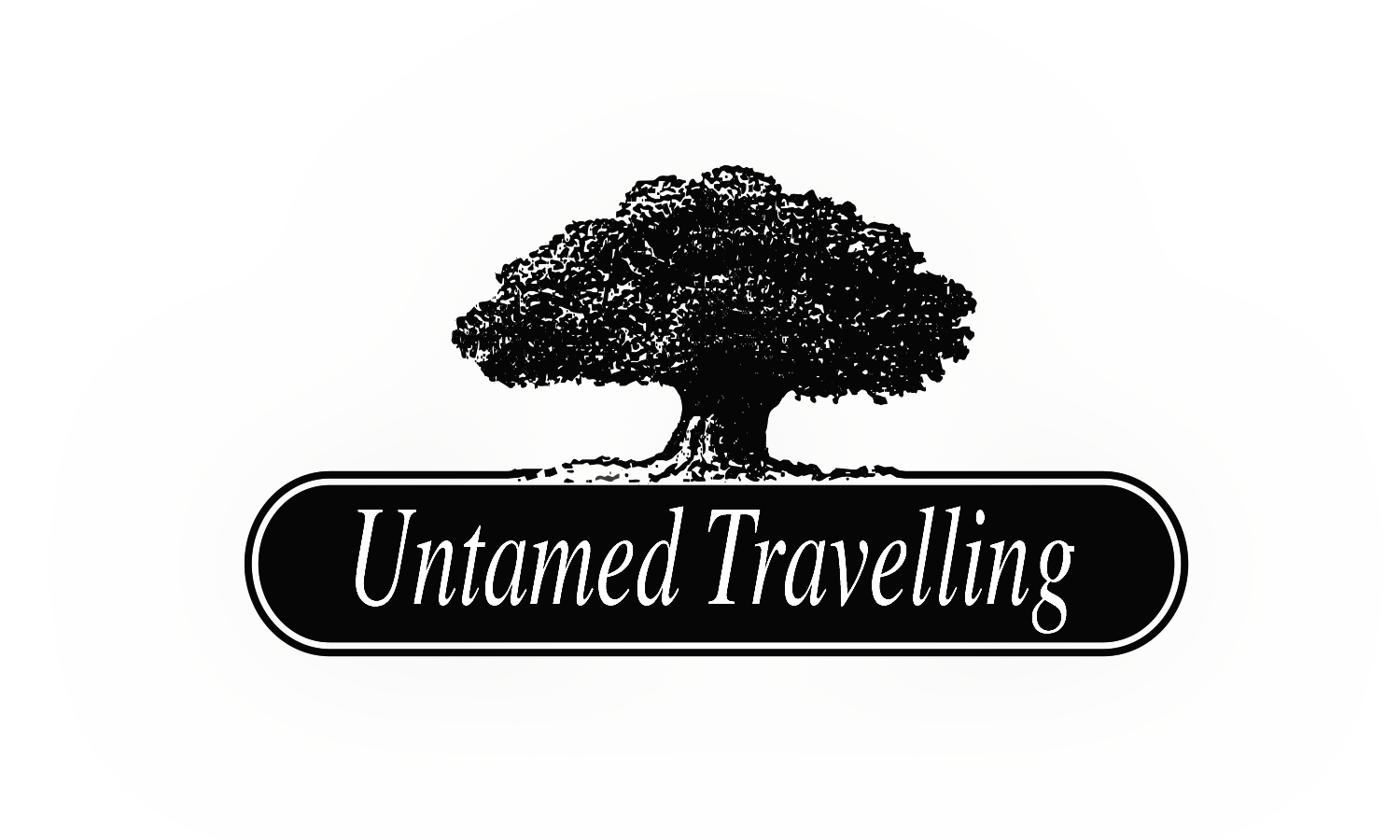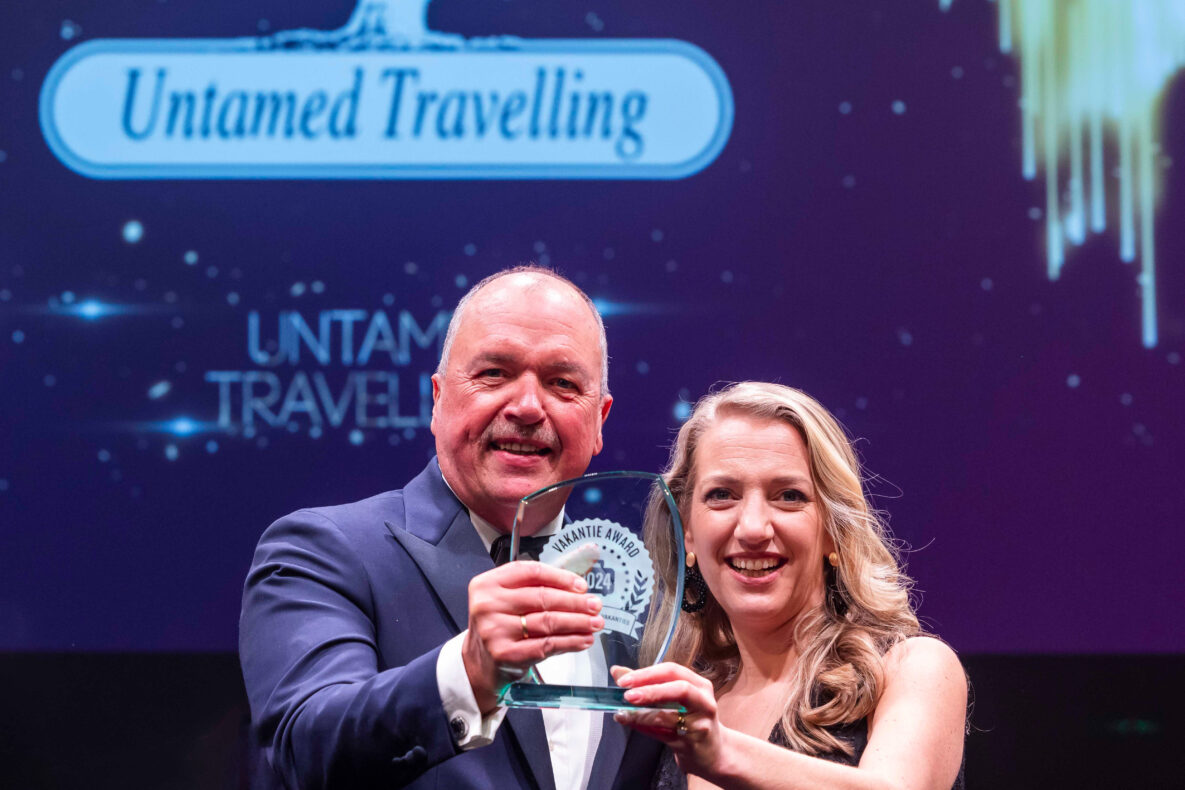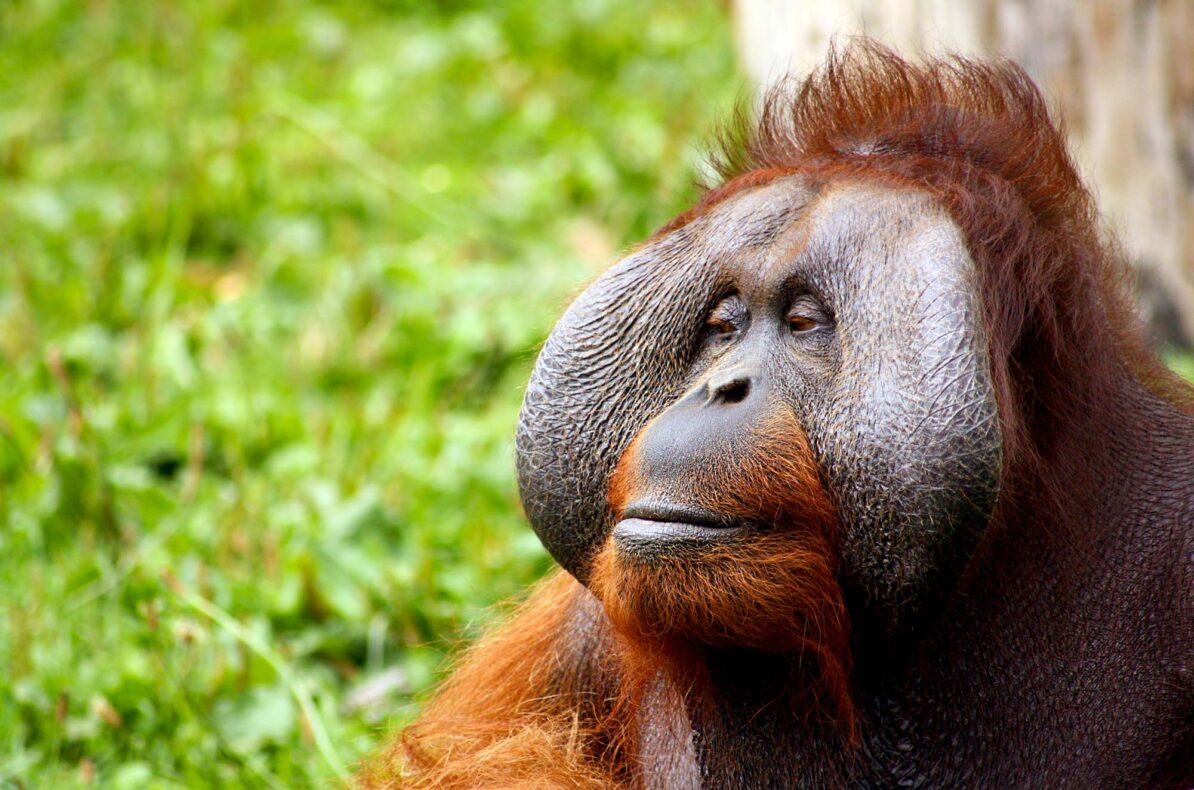Professor Dr. Jaap Lengkeek: “I’d heard the words “Dr. Livingstone I presume” before. The first time I actually became aware of them took place about 40 years ago. I had bought a sporty khaki jacket, which I wore on occasion with light trousers and my Spanish boots. A vague acquaintance of mine found me with this combination on the street. “Dr. Livingstone, I’m crying” he screamed and erupted into uncontrollable laughter. Something like that’s going to stick.’
Many people will know these words. The words were by Henry Morton Stanley, the explorer, who was sent out by the American Herald Herald in 1871 to find Livingstone. Especially the English-speaking world followed the reports on livingstone’s tours massively and breathlessly. Livingstone, who was on his way from Zanzibar through present-day Zambia and Tanzania, had not been heard from for some time, it was rumored that the doctor was dead. Several people were mobilized to track him down, including Stanley. Stanley was the first to find Livingstone alive. According to Stanley’s own words, he uttered the words ‘Dr Livingstone, I presume?’ at the meeting.


Livingstone ended up more or less by chance in an area now called Malawi. He encountered insurmountable rapids in the Zambezi River and therefore decided to try out a tributary, which was heading north. This river, the Shire, brought Livingstone to Malawi. Livingstone made several trips through what is now called Malawi. What he hoped to find was disappointing, the lake proved unreachable from the sea, the journey was arduous, quarrels broke out between expedition members and his wife died. Exhausted, sick and disappointed, he finally travelled back to London after five years, where he arrived at the end of July 1863. Livingstone’s journey is described in his 1866 book titled Narrative of the Expedition to the Zambesi and its Tributaries. His diaries of that trip were published separately much later.


In 2011 I and my wife travelled from Livingstone through Malawi in part. As a professor working on international tourism, I had become interested in the 19th century explorers who travelled inland Africa. I thought it would be exciting to see if one can still follow these tours, whether there is anything to be found about what was written down so long ago. My idea is that a form of tourism ‘in the footsteps of different explorers’ can have a positive effect on local economies and perhaps linked to small-scale projects, which really benefit the people of Malawi. In order to develop this idea, I am working on a number of initiatives. The first is a series of lectures, starting in September 2013, for Higher Education for the Elderly (HOVO) at the University of Utrecht, with the subject: explorers. Following the lectures, a project was started, FootstepsAfrica, in which I work together with Wageningen University and NHTV Breda. We examine how and where to travel ‘in the footsteps of …’ could take place.
With Untamed Travelling, we offer a trip through Malawi in May 2014, following in the footsteps of Livingstone, where I will tell the stories of Livingstone and the other historical sources as well and excitingly as possible during the journey. Join us and follow in livingstone’s footsteps!
Read more about the HOVO group tour.















